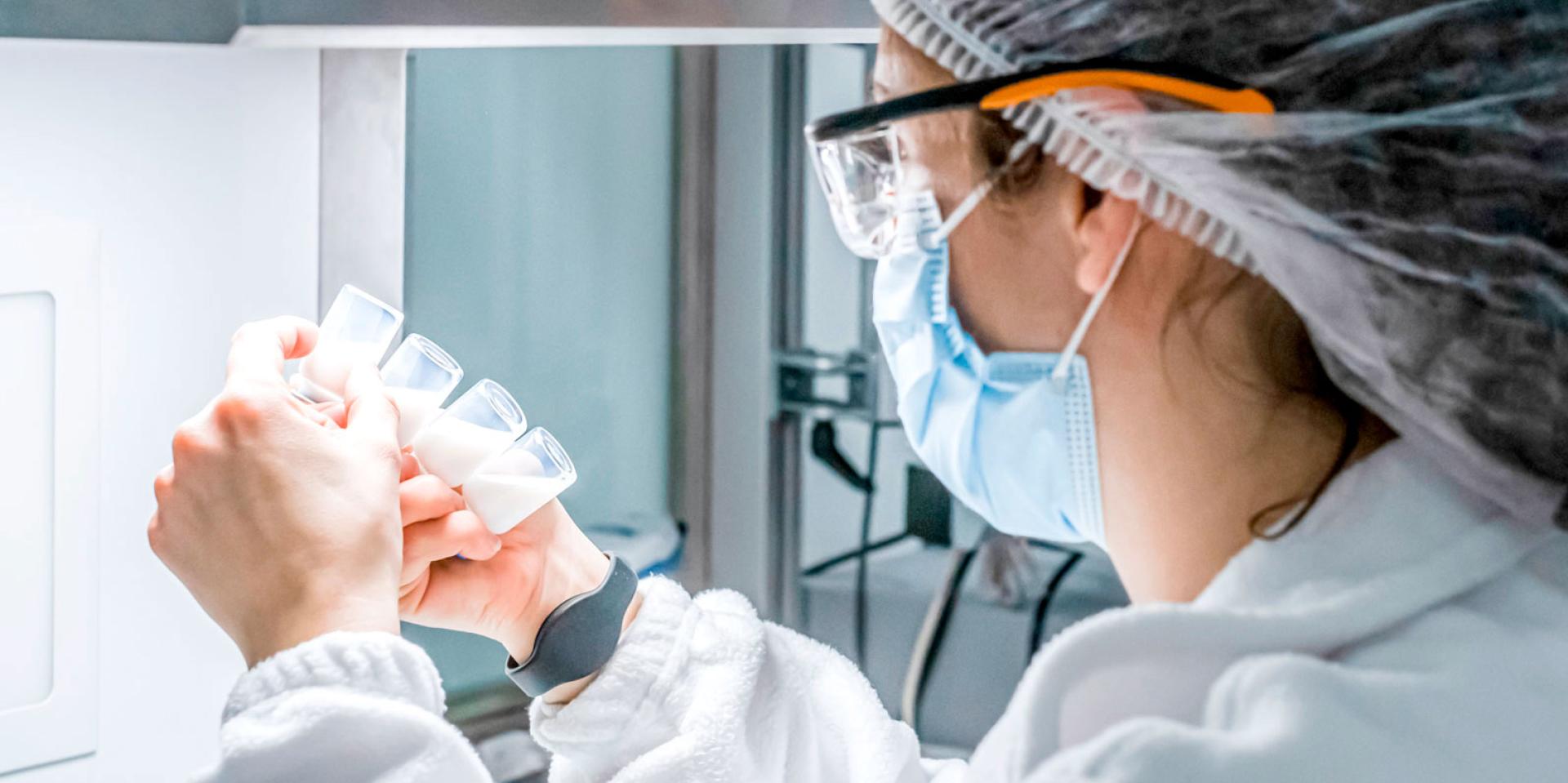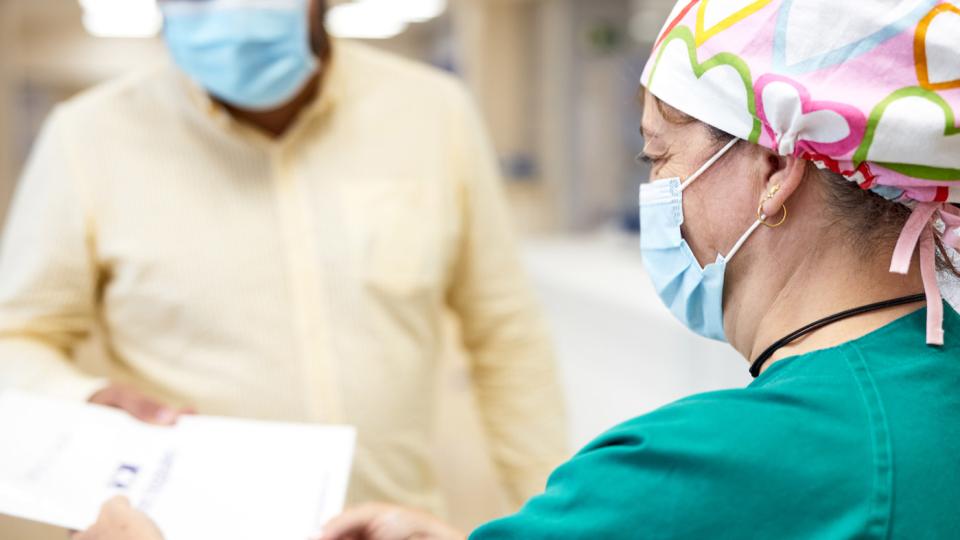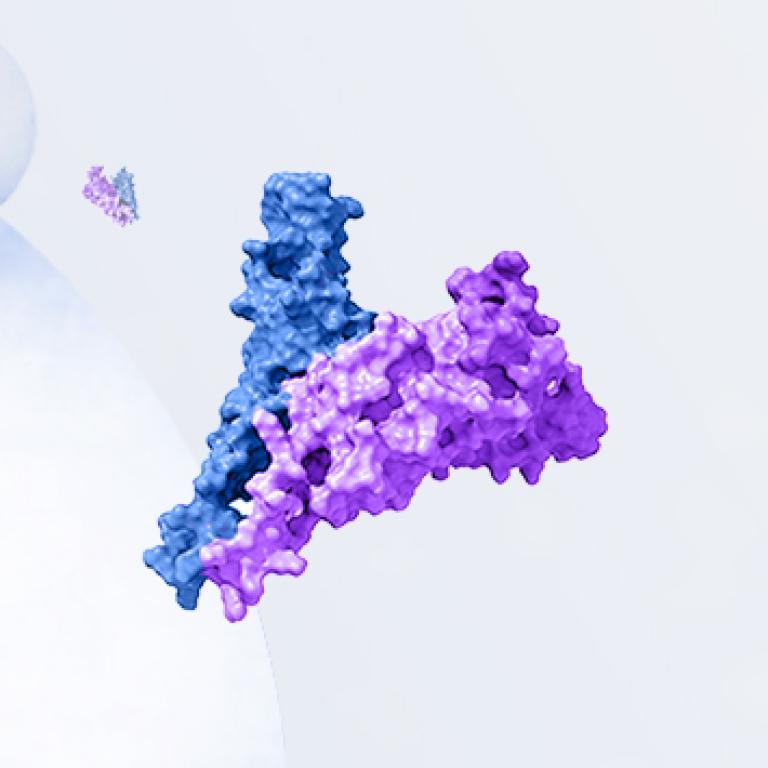Il COVID-19 è una malattia infettiva causata dal coronavirus noto come SARS-CoV-12. I coronavirus sono una vasta famiglia di virus che possono causare infezione negli esseri umani, negli uccelli e nei mammiferi. Talvolta il contagio può essere trasmesso dagli animali alle persone2.

L’Organizzazione mondiale della sanità (OMS) è stata informata dell’esistenza di questo nuovo virus il 31 dicembre 2019, dopo che a Wuhan (Repubblica Popolare Cinese) è stato rilevato un focolaio di casi di “polmonite virale”1. Il numero di casi confermati è aumentato improvvisamente, arrivando a migliaia di nuovi casi al giorno nel mese di gennaio, fino al 30 gennaio 2020 quando l'epidemia di COVID-19 è stata dichiarata dall’OMS un’emergenza sanitaria pubblica di rilevanza internazionale. Era l’11 marzo 2020 quando l’OMS dichiarò ufficialmente lo stato di pandemia globale da COVID-193.
La maggior parte delle persone infette sperimenta una malattia respiratoria lieve o moderata e guarisce senza bisogno di cure speciali. Tuttavia, alcune si ammalano gravemente e necessitano di cure mediche. Le persone anziane e quelle affette da patologie preesistenti, come malattie cardiovascolari, diabete, malattie respiratorie croniche o cancro hanno una maggiore probabilità di sviluppare la malattia grave4.
Il COVID-19 si diffonde quando una persona infetta espira minuscole particelle d’aria e goccioline che contengono il virus. Queste particelle e goccioline espirate possono essere inalate da altre persone o possono depositarsi su occhi, naso o bocca. In alcune circostanze, possono contaminare le superfici toccate da altri. Chiunque sia stato infettato dal COVID-19 può diffondere la malattia, pur non presentando alcun sintomo5.
Le principali misure precauzionali di base adottate per arrestare la diffusione del virus sono state le seguenti6:
• Lavarsi spesso le mani con acqua e sapone, o con gel igienizzante per le mani.
• Utilizzare una mascherina laddove non è possibile mantenere la distanza di sicurezza.
• Evitare luoghi affollati, ambienti interni non adeguatamente ventilati e contatti prolungati con altre persone.
• Evitare di toccare superfici, specialmente nei luoghi pubblici e nei centri medici.
• Restare a casa in caso di insorgenza di sintomi.
• Rispettare le linee guida vaccinali locali e le raccomandazioni.

Impegno di HIPRA sul COVID-19
HIPRA, con oltre 50 anni di esperienza nella lotta contro le malattie trasmissibili attraverso lo sviluppo di vaccini, è un’azienda impegnata a favore della salute, delle persone, della società e del progresso. Per questo motivo, di fronte a una situazione eccezionale, HIPRA ha scelto fin dall’inizio di contribuire con il proprio know-how alla lotta contro la pandemia, attraverso lo sviluppo di un vaccino proteico ricombinante contro il SARS-COV-2 (L’autorizzazione all’immissione in commercio è stata concessa in Europa il 30 marzo 2023 e nel Regno Unito il 31 luglio 2023).
Bibliografia:
1. Organizzazione mondiale della sanità. Informazioni di base sul COVID-19. [Internet] Disponibili sul sito https://www.who.int/emergencies/diseases/novel-coronavirus-2019/question-and-answers-hub/q-a-detail/coronavirus-disease-covid-19 (ultima visita: 8 marzo 2023)
2. “Informazioni per il pubblico. Domande e risposte sul nuovo coronavirus COVID-19[Internet]”. Disponibili su https://www.sanidad.gob.es/en/profesionales/saludPublica/ccayes/alertasActual/nCov/ciudadania.htm (utima visita: 8 marzo 2023)
3. Hu B, Guo H, Zhou P, Shi ZL. Caratteristiche del SARS-CoV-2 e del COVID-19. Nat Rev Microbiol. 2021;19(3):141-154.
4. Organizzazione mondiale della sanità. Coronavirus. [Internet] Disponibili su https://www.who.int/health-topics/coronavirus#tab=tab_1 (ultima visita: 8 marzo 2023)
5. Centres for Disease Control and Prevention (Centri per la prevenzione e il controllo delle malattie). [Internet]. Disponibili su: https://www.cdc.gov/coronavirus/2019-ncov/prevent-getting-sick/how-covid-spreads.html (ultima visita: marzo 2023)
6. Organizzazione mondiale della sanità. Domande e risposte sulla diffusione del COVID-19. [Internet] Disponibili su https://www.who.int/news-room/questions-and-answers/item/coronavirus-disease-covid-19-how-is-it-transmitted (ultima visita: marzo 2023)

